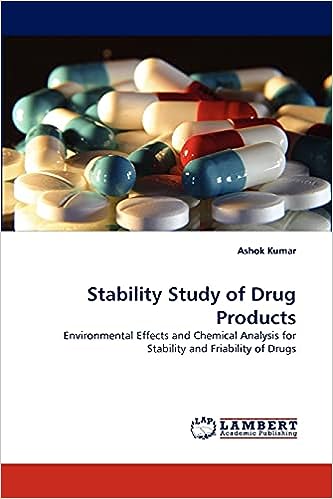The recommended frequency for re-testing stability samples during long-term studies typically depends on regulatory guidelines, the nature of the product, and its stability characteristics. However, a common practice is to re-test stability samples annually over the course of the long-term study. This frequency allows manufacturers to monitor any potential changes in the product’s quality attributes, potency, and degradation pathways over time.
Recommended Frequency for Re-Testing Stability Samples in Long-Term Studies
The recommended frequency for re-testing stability samples during long-term studies is typically on an annual basis. This practice aligns with regulatory guidelines and allows manufacturers to monitor the stability of the product over an extended period of time.
By re-testing stability samples annually, manufacturers can assess any potential changes in the product’s quality attributes, potency, and degradation pathways. This approach helps ensure that the product remains safe, effective, and of high quality throughout its intended shelf life.
It’s important
to note that the specific re-testing frequency may vary based on regulatory requirements, the nature of the product, and its stability characteristics. Manufacturers should refer to relevant guidelines and consider factors such as the product’s intended use, storage conditions, and potential degradation pathways when determining the appropriate re-testing frequency.Overall, re-testing stability samples annually provides valuable data that contributes to the ongoing evaluation of the product’s stability profile and supports the establishment of reliable shelf life and storage recommendations.
The recommended frequency for re-testing stability samples during long-term studies is often specified by regulatory guidelines and can vary depending on the type of product and the regulatory authority. However, a common practice is to re-test stability samples annually.
For more specific information, it’s important to consult the regulatory guidelines relevant to your region and product category. Here are some references to regulatory guidelines that you can consider:
ICH Guidelines (International Conference on Harmonisation):
ICH Q1A(R2): Stability Testing of New Drug Substances and Products
ICH Q1D: Bracketing and Matrixing Designs for Stability Testing of Drug Substances and Products
FDA (U.S. Food and Drug Administration):
FDA Guidance for Industry: Q1A(R2) Stability Testing of Drug Substances and Products
FDA Guidance for Industry: Stability Testing of Drug Substances and Products (PDF)
EMA (European Medicines Agency):
EMA Guideline on Stability Testing: Stability Testing of Existing Active Substances and Related Finished Products
WHO (World Health Organization):
WHO Technical Report Series, No. 953: Annex 2 – Stability Testing of Active Pharmaceutical Ingredients and Finished Pharmaceutical Products
PIC/S (Pharmaceutical Inspection Co-operation Scheme):
PIC/S Guide to Good Manufacturing Practice for Medicinal Products Annex 2 – Manufacture of Biological Medicinal Substances and Products for Human Use.
It’s recommended to review the relevant guidelines for your specific product category and consult with regulatory experts to ensure compliance with the most up-to-date and applicable stability testing requirements.
